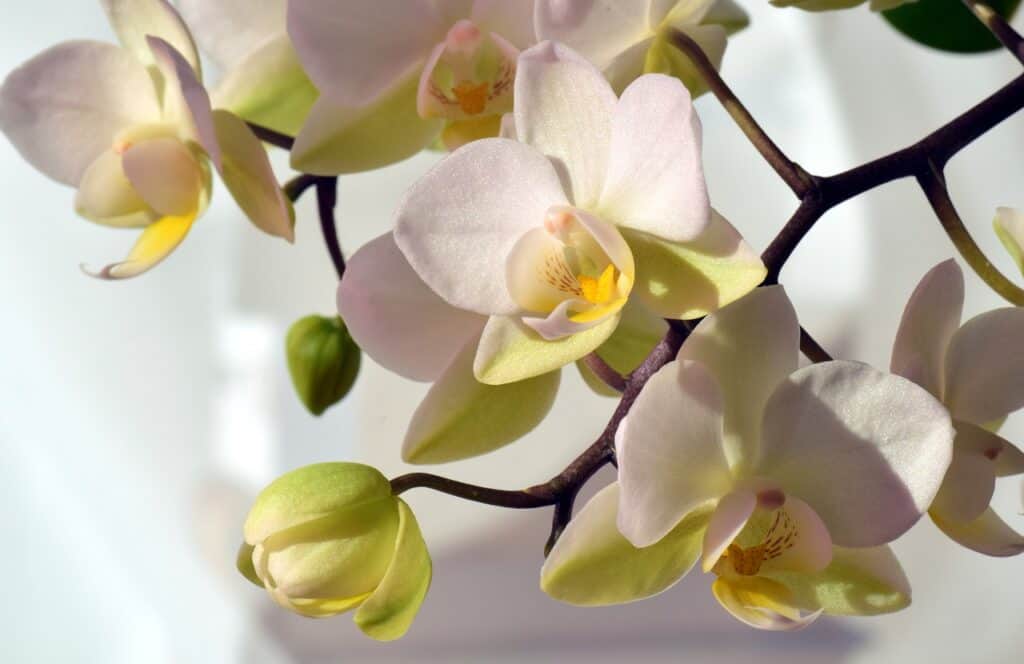The Orchid Mantis is one of the most beautiful and captivating insects on the planet. It is well-known for its resemblance to an orchid flower and its ability to blend in with its surroundings. Given its reputation as a master of camouflage, finding Orchid Mantis in its natural habitat is no easy task. However, with the right techniques and knowledge, you can increase your chances of finding one and experiencing this remarkable creature in its natural environment.

Understanding the Orchid Mantis Habitat
Orchid Mantis is found in the rainforests of Southeast Asia, including countries like Indonesia, Malaysia, and Thailand. The rainforests in these regions host a diverse and unique array of flora and fauna, making them ideal habitats for the Orchid Mantis. The distinct features of the Orchid Mantis habitat include a humid and warm environment and rich biodiversity that includes various insects and flowers.
Investigating the Natural Habitat of Orchid Mantis
Conducting research on the natural habitat of the Orchid Mantis is a crucial step toward finding this elusive insect. Before embarking on a quest to find one, it is essential to identify the areas that are likely to have a higher density of Orchid Mantis. You can do this by consulting with local experts or conducting research on the specific species’ ecology and biology.
One way to carry out research is to study the Orchid Mantis’ favorite plants. Orchid Mantis is known to be associated with specific plant species in its natural habitat. By identifying these plants, you can determine the areas where Orchid Mantis is likely to be found. Additionally, you can learn about the time of day when Orchid Mantis is most active and the location of their preferred feeding or mating sites.
3. Tips for Finding Orchid Mantis in Their Natural Habitat
Understanding the Orchid Mantis behavior
Understanding the Orchid Mantis’s behavior is key to locating it in its natural habitat. Orchid Mantis is active during the day and tends to be most active during the morning and evening when the temperature is cooler. During the day, they often rest on leaves or flowers, making it difficult to spot them. However, they are active hunters and can be found stalking their prey.
Another important behavior to note is Orchid Mantis’s camouflage. Their appearance has evolved to blend in with their surroundings, making them difficult to spot. They use their flower-like appearance to hide in plain sight, especially on flowers or leaves.
Observational techniques for finding Orchid Mantis
Orchid Mantis can be challenging to find, but with some observational techniques, you can increase your chances of seeing one. One such technique is to scan the environment for orchids or other flowers that the Orchid Mantis may be clinging to for camouflage. You can also watch out for movement or any signs of motion that indicate the presence of an Orchid Mantis.
As mentioned earlier, Orchid Mantis is active during the day and tends to be most active in the morning and evening. Therefore, you can try to find Orchid Mantis during these times by observing flowering plants to see if they are hunting or mating. Additionally, you can use a macro lens or a magnifying glass to inspect flowers and leaves more closely for any signs of Orchid Mantis.
Another useful technique is to seek out local guides and work with them. Local guides often have a wealth of knowledge and experience in finding rare and exotic wildlife, including Orchid Mantis. They know where to look, what to look for, and how to spot them.

Conclusion
Finding Orchid Mantis in its natural habitat can be challenging, but with the right techniques and knowledge, it is possible. Understanding the Orchid Mantis’s behavior, investigative research, and observational techniques will improve your chances of finding one of the world’s most beautiful and fascinating creatures. By exploring the Orchid Mantis’ natural habitat, we can learn more about this rare and captivating insect, and contribute to its conservation and protection.

